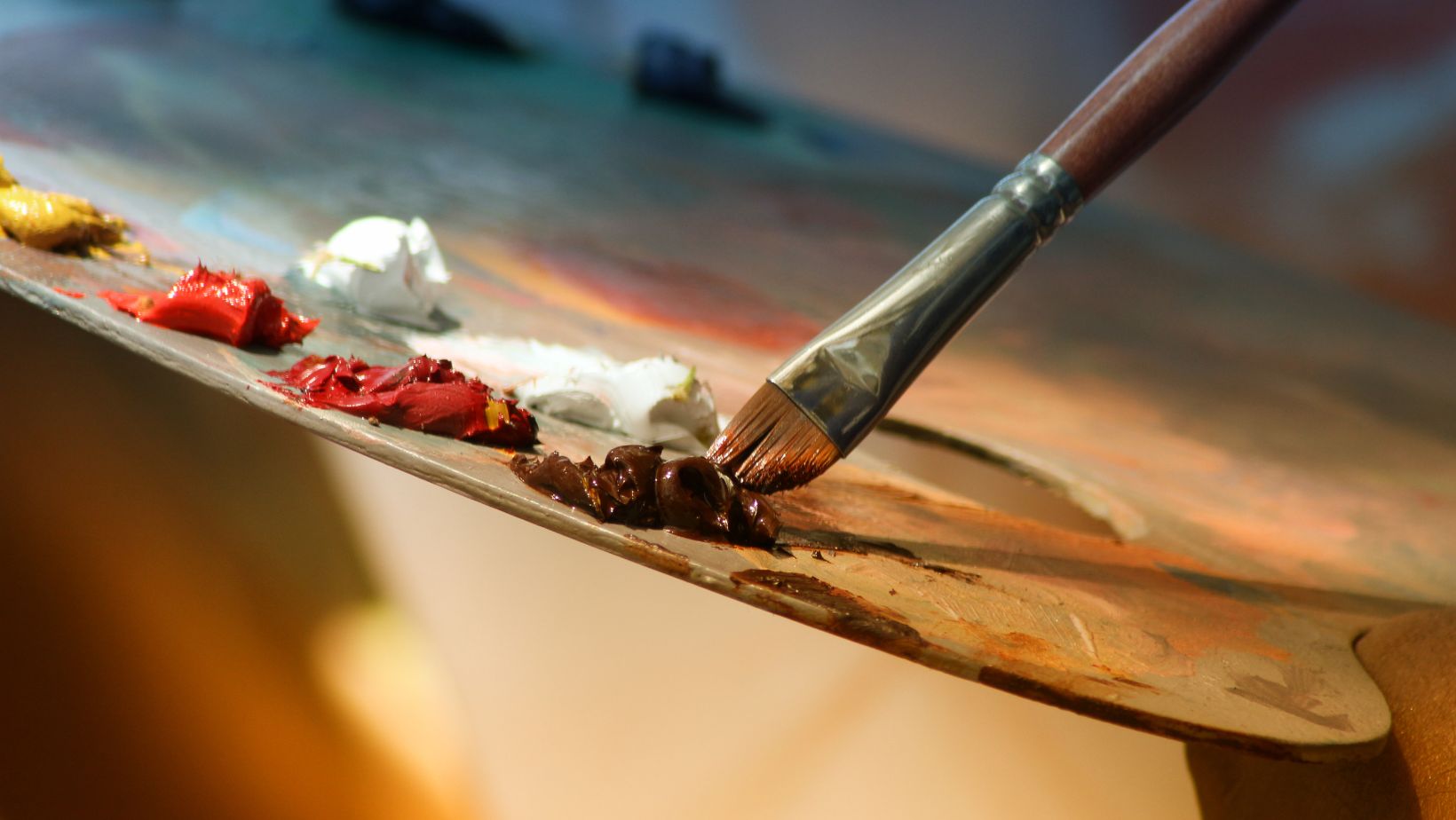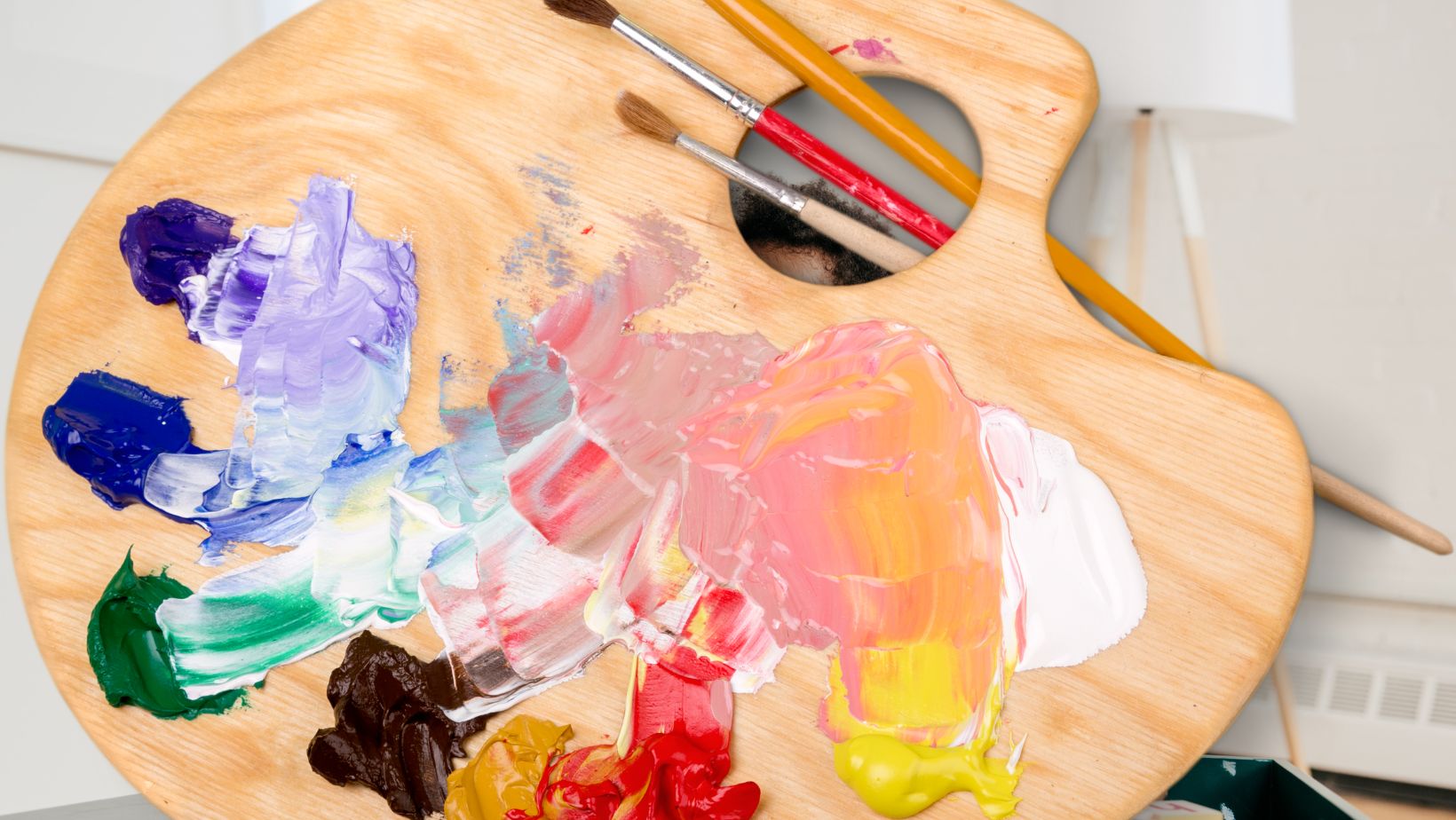Key Takeaways
- Artistic Expression: Butterfly pixel art showcases the beauty of butterflies through a nostalgic and creative pixelated format, appealing to both amateur and experienced artists.
- Creative Techniques: Artists can enhance their work by experimenting with color palettes, designs, and pixel techniques like dithering and shading to add depth.
- Community Engagement: Social media and online platforms foster a vibrant community for sharing butterfly pixel art, enabling collaboration and inspiration among artists.
- Versatile Styles: There are various styles within butterfly pixel art, from minimalist designs focusing on simplicity to detailed representations that emphasize realism and intricacy.
- Software Tools: Utilizing software like Aseprite and Piskel can streamline the creation process, offering features tailored for pixel art and animation.
- Learning Resources: Numerous online resources, including YouTube tutorials and community forums, are available to help artists improve their skills and stay engaged with the pixel art community.
Butterfly pixel art captures the delicate beauty of these winged creatures in a vibrant, blocky form. This unique art style blends nostalgia with creativity, appealing to both seasoned artists and newcomers alike. With its roots in early video game graphics, pixel art has evolved into a popular medium for expressing intricate designs and emotions.
Creating butterfly pixel art allows artists to experiment with color palettes and patterns while honing their skills. Each pixel serves as a building block, bringing life to stunning representations of nature’s elegance. As this art form continues to gain popularity, it inspires countless enthusiasts to explore their artistic potential and share their creations with the world.
Butterfly Pixel Art
Butterfly pixel art represents a unique fusion of creativity and digital nostalgia. This art form enables artists to depict the intricate details and vivid colors of butterflies using a grid of pixels, allowing for both precision and stylistic expression. Originating from the early stages of digital technology, butterfly pixel art draws inspiration from classic video game graphics that relied on limited color palettes and simplistic designs.
Creating butterfly pixel art encourages artists to explore various color combinations and complex patterns. Each piece often showcases distinct techniques, such as dithering or shading, which enhance visual depth. Moreover, this art form connects a community of artists and enthusiasts who share their creations on platforms like social media and online galleries.
Artists can use various software tools, including Aseprite, Pixie, and Piskel, to craft their butterfly artworks, enabling easy experimentation with different styles and designs. Butterfly pixel art serves as an accessible medium for both novice and experienced artists, promoting skill enhancement and artistic expression.
The History of Pixel Art
Pixel art originated in the 1970s alongside the advent of computer and video game graphics. This art form features a distinct visual language characterized by its blocky, low-resolution style.

Origins of Pixel Art
Pixel art emerged with early computers and gaming consoles, where limited graphic capabilities necessitated simple, pixel-based visuals. Artists utilized small grids of colored squares to create images, maximizing the aesthetic impact within technical constraints. Notable titles like “Space Invaders” and “Pac-Man” showcased pixel art, establishing it as a recognizable and appreciated form of entertainment. The limitations of early hardware fostered creative solutions, encouraging artists to experiment with color and design despite technical limitations.
Evolution of Butterfly Pixel Art
Butterfly pixel art evolved as artists embraced the medium, integrating more complex designs and techniques. Initially inspired by the simplicity of early video game graphics, artists employed dithering and shading to introduce depth and texture. As software tools advanced, platforms like Aseprite and Piskel became popular, providing users with features for precise pixel manipulation. Community engagement grew through social media, enabling artists to share their butterfly creations and inspire others. This vibrant exchange of ideas fostered a diverse community, further promoting innovation within the butterfly pixel art niche.
Techniques for Creating Butterfly Pixel Art
Creating butterfly pixel art requires attention to detail and an understanding of various techniques that enhance the visual appeal of the artwork.
Choosing a Color Palette
Selecting a color palette is crucial for achieving the desired look in butterfly pixel art. Artists often use complementary colors to create contrast and visual interest. A typical palette might consist of four to six colors, including primary colors for the butterfly wings and accent colors for highlights and shadows. It’s effective to draw inspiration from real butterflies, combining bright yellows, vibrant blues, and earthy browns. Testing the palette on a small grid helps visualize how the colors interact before committing to the larger piece.
Designing the Butterfly Shape
Designing the butterfly shape involves careful planning and a solid sketch. Artists can begin by outlining the butterfly’s silhouette, focusing on symmetry and proportions. Most butterflies share a basic wing structure consisting of two upper wings and two lower wings. Using grid guidelines makes it easier to maintain balance. Once the shape is established, adding details like wing patterns enhances the piece’s uniqueness. Incorporating variations in wing size and angle can create dynamic poses. Finally, artists can refine the design by adjusting pixel placements, ensuring smooth lines and clear shapes.
Popular Styles in Butterfly Pixel Art
Butterfly pixel art showcases various styles, with each offering a distinct take on this vibrant subject. Artists often choose between minimalist designs and detailed representations based on their preferences and creative goals.
Minimalist Designs
Minimalist designs focus on simplicity and essential features. Artists typically use a limited color palette, often employing two to four colors to capture the essence of the butterfly. The shapes are straightforward, emphasizing outlines and basic forms without intricate details. This style allows for quick creation while conveying the butterfly’s recognizable characteristics. Minimalist butterfly pixel art can evoke a sense of elegance and modernity, appealing to those seeking a clean aesthetic.
Detailed Representations
Detailed representations involve complex designs that prioritize realism and intricacy. Artists utilize a broader color palette, incorporating various shades to highlight depth and dimension. Techniques such as dithering and shading enrich these artworks, adding texture and realism. This style often captures the unique markings and color gradients found in real butterflies, enabling artists to create lifelike interpretations. Detailed butterfly pixel art requires patience and an eye for detail, resulting in mesmerizing pieces that draw viewers in with their visual complexity.
Tools and Software for Artists
Artists can utilize various tools and software to enhance their butterfly pixel art creations. These resources support both novice and experienced artists in the digital art realm.
Recommended Software
- Aseprite: Aseprite stands out for its user-friendly interface and extensive features tailored for pixel art animation. Artists can easily create sprites, frame-by-frame animations, and utilize onion skinning for seamless movement.
- Piskel: Piskel is a free, web-based application that allows for easy pixel art creation. Its straightforward layout includes tools for drawing, animations, and previewing sprites in real time.
- GraphicsGale: GraphicsGale offers a robust set of features for pixel art and animation. Artists can work with layers, apply effects, and manage palettes effectively, making it suitable for detailed artwork.
- Pyxel Edit: Pyxel Edit focuses on tile-based artwork, allowing for quick editing and rearranging. This software is ideal for game design and artists looking to create animated tiles easily.
- Krita: While primarily a digital painting software, Krita includes features for pixel art creation. Its extensive brush library and layering capabilities benefit artists looking for a blend of styles.
- YouTube: Numerous channels provide tutorials on butterfly pixel art techniques. Artists can find step-by-step guides on color selection, shading, and animation.
- Pixilart: Pixilart serves as a community platform where artists can share their pixel art creations, receive feedback, and access tutorials, enhancing their skills through collaboration.
- DeviantArt: DeviantArt features groups and forums dedicated to pixel art. Artists can discover resources, participate in challenges, and connect with peers.
- Reddit: Subreddits like r/pixelart or r/learnart allow artists to share their work, seek advice, and find resources on pixel art techniques and tools.
- Skillshare: Skillshare offers specific courses on pixel art creation, focusing on techniques, software usage, and design principles, guiding artists through structured learning.
Butterfly pixel art stands as a vibrant testament to creativity and nostalgia. It invites artists to explore the delicate beauty of butterflies through a unique digital lens. This art form fosters a sense of community where creators share techniques and inspiration.
As artists continue to refine their skills and push boundaries, they contribute to a growing legacy of pixel art. The accessibility of various software tools makes it easier than ever for anyone to dive into this captivating medium. Whether through minimalist designs or intricate representations, butterfly pixel art remains a compelling way to celebrate the beauty of nature in a digital format.
